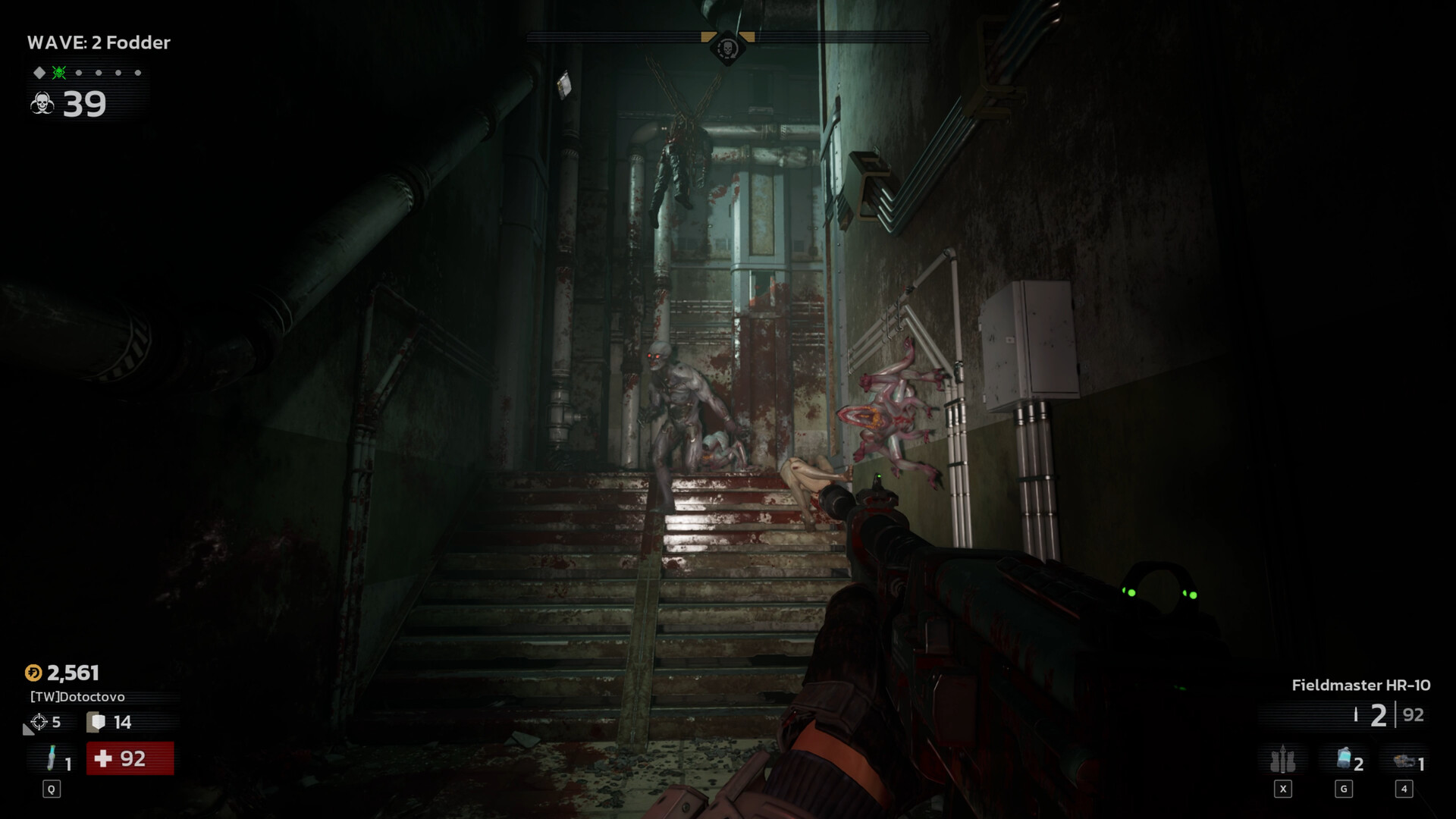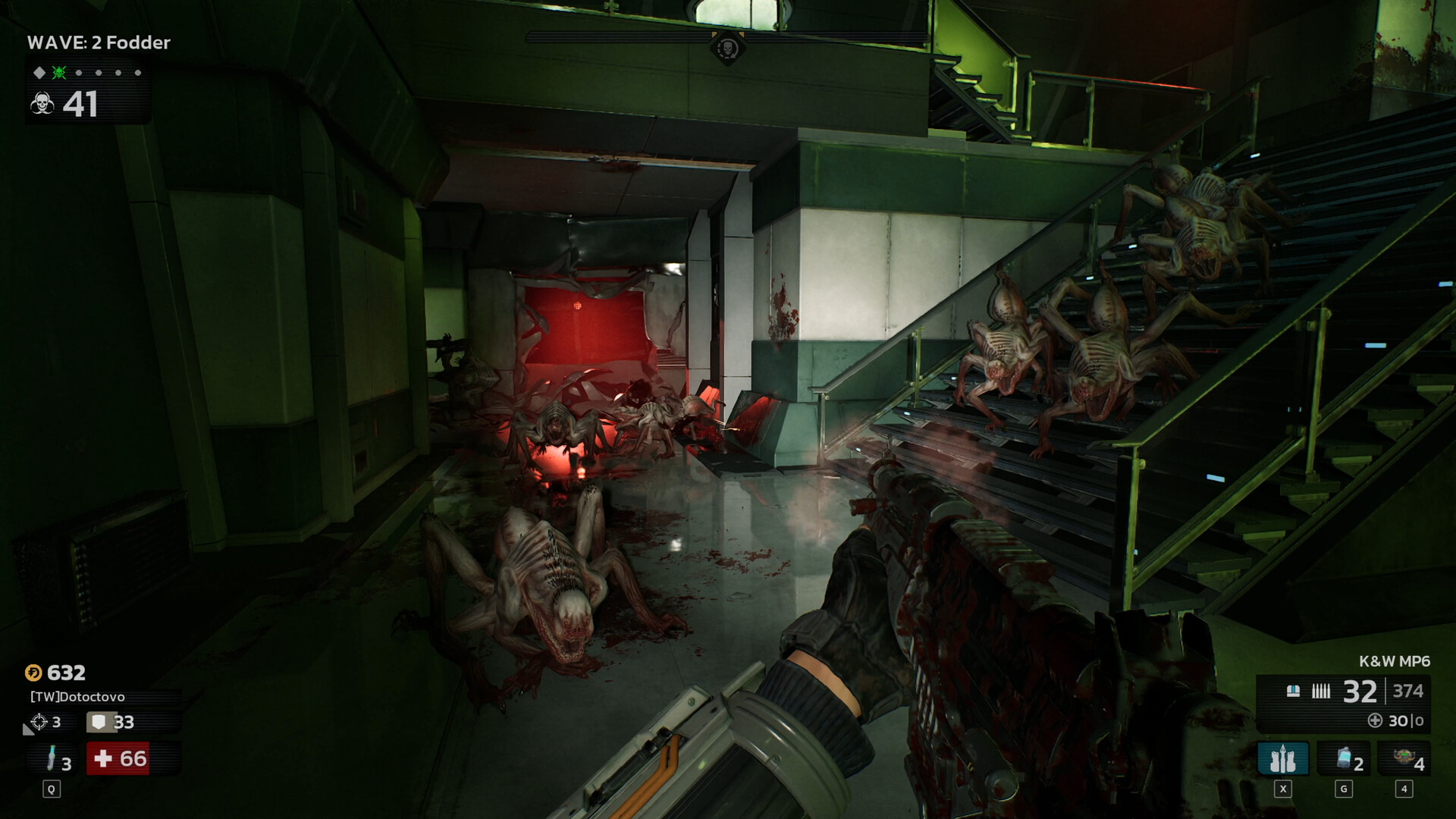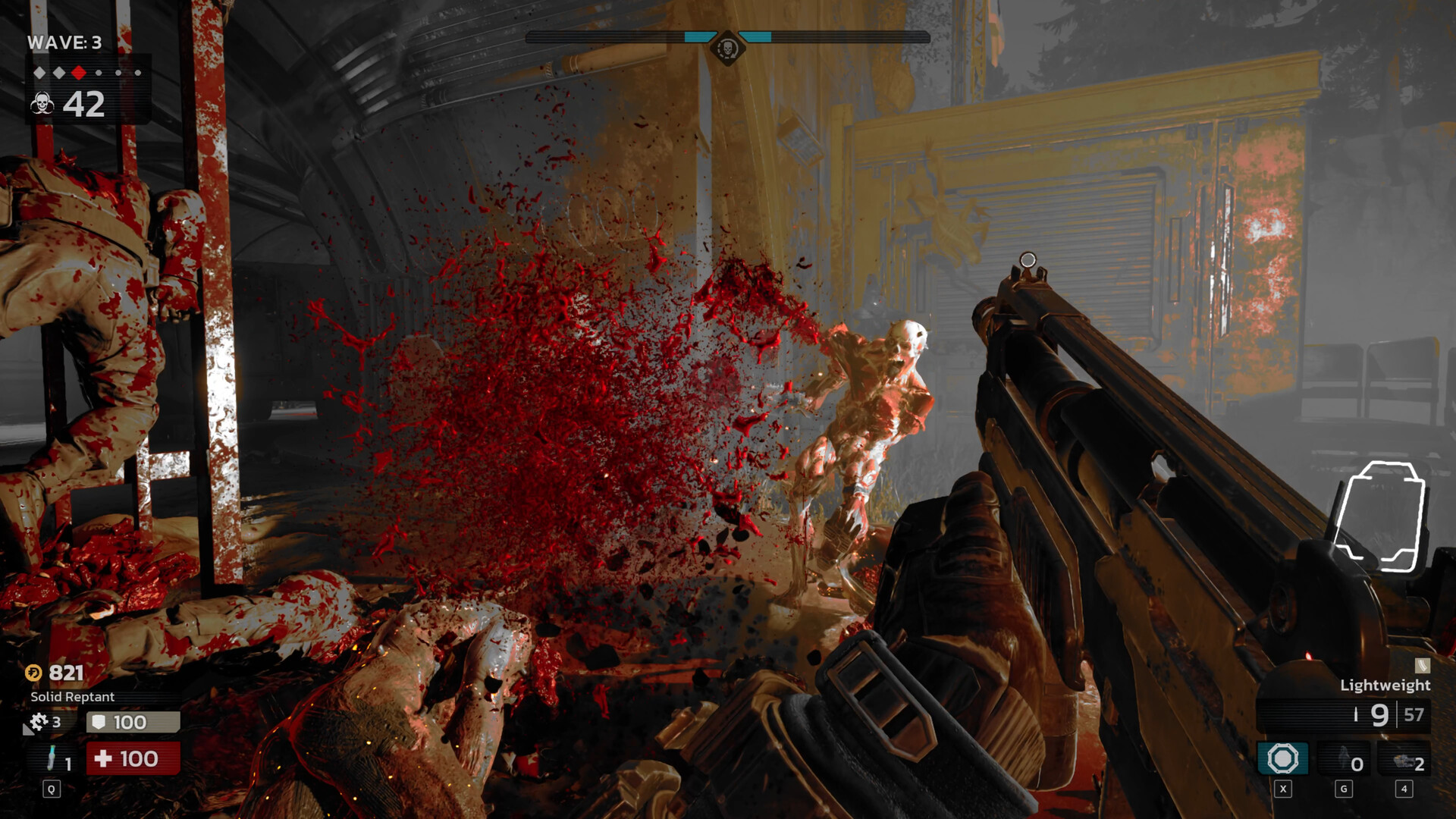Killing Floor 3: Zeds, Guns, and the Art of Controlled Chaos
When your enemies are as unpredictable as your frame rates
Launch Day Larry
Welcome to the blood-soaked, bullet-riddled world of “Killing Floor 3,” where the only thing more chaotic than the zeds is the game’s optimization. This latest installment in the series promises a blend of frenetic combat and strategic depth, but does it deliver a headshot or just a glancing blow? Let’s dive in.
Gameplay: A Symphony of Mayhem and Missteps
“Killing Floor 3” attempts to juggle a myriad of gameplay elements, and while some balls are kept in the air, others crash to the ground with a resounding thud. The combat is a highlight, with weighty gunplay and improved melee mechanics that make every encounter feel visceral. The movement system, borrowing a page from Call of Duty’s playbook, introduces wall-climbing, dashing, and crouch sliding, adding a layer of fluidity that keeps the action dynamic.

However, the mandatory tutorial feels like a condescending lecture to seasoned FPS veterans, and the keyboard mapping issues are as frustrating as trying to reload a musket in the middle of a firefight. The social hub, or “Stronghold,” is another head-scratcher, serving as a glorified waiting room when a simple menu would suffice.
The game’s strategic depth is bolstered by the introduction of “ultimates” and a variety of damage types, but the execution is inconsistent. Some ultimates shine, while others feel as out of place as a third-person view in a first-person shooter. Meanwhile, the Zed Time feature adds a cinematic flair to critical moments, though the melee hit detection could use a bit more polish.
Graphics: A Beautiful Disaster
Built on Unreal Engine 5, “Killing Floor 3” is a visual powerhouse—when it works. The graphics are technically impressive, with high-quality visuals that make the zeds’ disintegration almost poetic. Yet, the game’s optimization is as stable as a Jenga tower in an earthquake. High-end systems struggle to maintain consistent frame rates, and the stuttering is enough to make you question if your GPU is auditioning for a role in a horror film.

The aesthetic appeal is another mixed bag. While the game looks shiny and new, it lacks the distinctive charm of its predecessors, coming off as a bit too generic. Adjusting graphical settings can help, but the reliance on advanced hardware to achieve smooth performance is a barrier for many players.
Story: A Narrative in Need of Resuscitation
In “Killing Floor 3,” the story takes a backseat to the action, which is both a blessing and a curse. The narrative is more of a backdrop, providing just enough context to justify the carnage. Character dialogue is a mixed bag, with some lines hitting the mark and others missing it entirely. Characters like Mr. Foster and Nakata bring some personality to the table, while others, like Firebug, might make you wish for a mute button.

The story’s development has been hampered by external factors, leading to a narrative that feels more like a placeholder than a fully fleshed-out experience. The introduction of locked character classes and a forced tutorial further limits player freedom, leaving some to question the game’s direction.
Final Verdict
“Killing Floor 3” is a game of contrasts. It offers exhilarating combat and strategic depth, yet stumbles with technical issues and a lackluster narrative. The potential is there, and with continued updates and community feedback, it could evolve into a standout title. For now, it’s a thrilling, if flawed, experience that will appeal to fans of the series willing to overlook its rough edges.
Score: 6.5/10